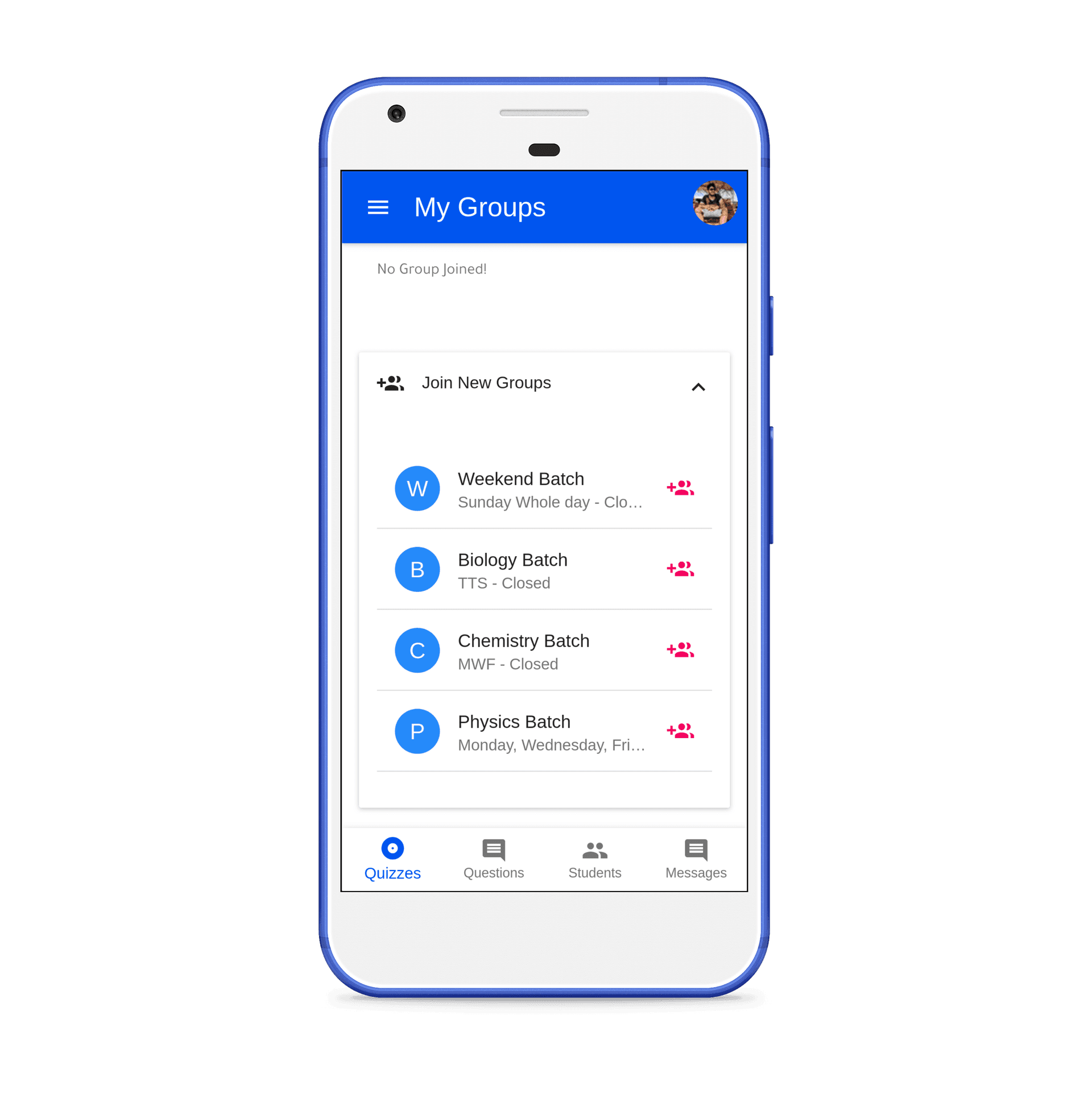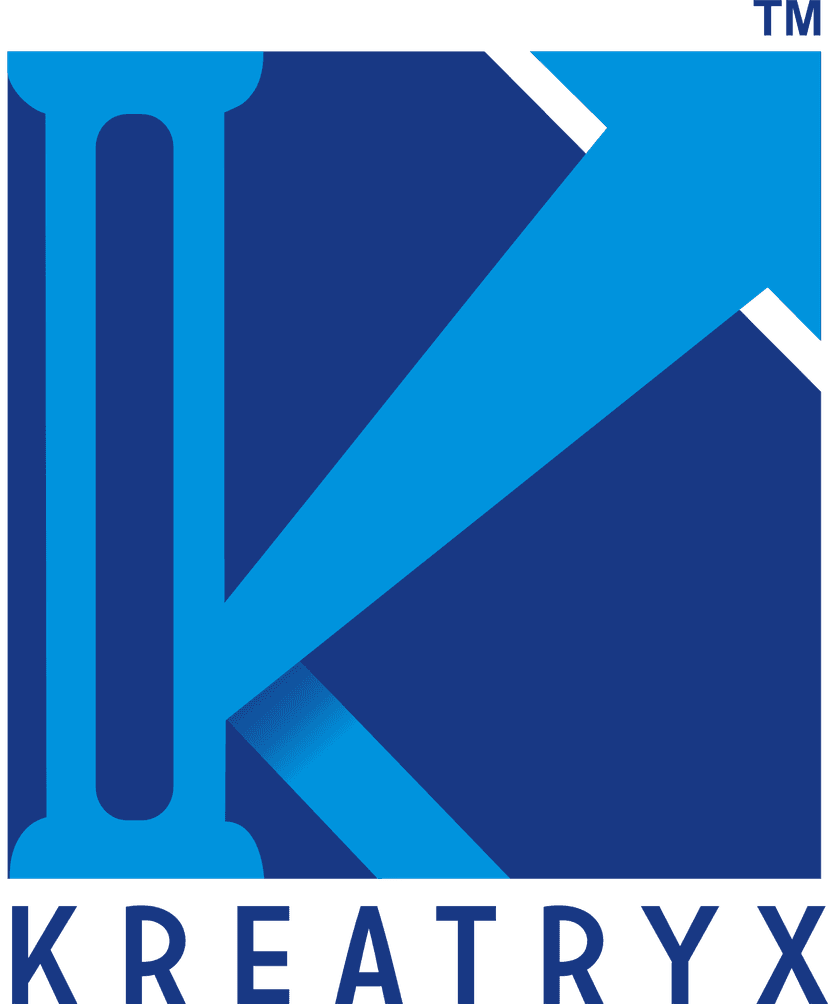Kreatryx
- Case Study Details
Description
Transforming traditional education through adaptive testing and AI-driven personalization.
Tech Stack
ReactNode.jsPythonMachine LearningPostgreSQL
The Challenge: Education Without Personalization
In 2019, I witnessed a striking paradox: while Netflix could recommend the perfect movie and Spotify knew exactly what music I'd love, education remained frustratingly one-size-fits-all. Students with different learning styles, paces, and interests were forced through identical curricula with identical assessments.
The traditional education system's inefficiencies were glaring:
- Teachers spent countless hours on repetitive grading
- Students received feedback too late to be actionable
- Learning gaps went unnoticed until major assessments
- Bright students were held back while struggling students fell further behind
My Approach: AI That Amplifies Human Teaching
Rather than building AI to replace teachers, I focused on creating technology that would make great teaching scalable. The core insight was that every interaction between student and content could provide valuable data about learning patterns.

The Technical Architecture
I designed Kreatryx around three core components:
1. Adaptive Assessment Engine Built using machine learning algorithms that continuously adjusted question difficulty based on student responses. Unlike traditional static tests, our system learned from each answer to provide more accurate ability estimates.
2. Learning Analytics Dashboard Created visualizations that translated complex learning data into actionable insights for teachers. The dashboard showed not just what students got wrong, but patterns in their thinking process.
3. Personalized Recommendation System Developed algorithms that suggested learning materials, practice problems, and study strategies tailored to individual learning profiles.

Technical Deep Dive
The Personalization Algorithm
The heart of Kreatryx was a proprietary algorithm that analyzed multiple dimensions of student performance, including historical performance patterns, learning velocity across different topics, and optimal challenge level maintenance for each individual student.
Real-time Analytics Challenge
One of the biggest technical challenges was processing and analyzing student interactions in real-time while maintaining system responsiveness. I implemented a multi-layered caching strategy and used WebSocket connections for live updates.
The system needed to:
- Process thousands of quiz responses simultaneously
- Update learning profiles in real-time
- Generate new question recommendations within 200ms
- Maintain data consistency across multiple users
Impact and Validation
Quantitative Results
After six months of deployment across 15 schools:
- 60% reduction in time teachers spent on assessment
- 35% improvement in student test scores
- 78% of teachers reported better understanding of student needs
- 92% student satisfaction with personalized learning paths
Qualitative Insights
The most rewarding feedback came from teachers who said they could finally "see" how their students learned. One teacher wrote: "For the first time in 20 years of teaching, I feel like I truly understand each of my 40 students as individuals."
What I Learned About EdTech
Technology Must Enhance, Not Replace, Human Connection
The features that had the highest adoption weren't the most technically sophisticated—they were the ones that helped teachers connect better with their students. The AI was most valuable when it made human insights possible, not when it tried to automate human judgment.
The Importance of Pedagogical Soundness
Early versions of our recommendation system optimized purely for engagement metrics. We quickly learned that high engagement didn't always correlate with deep learning. I had to collaborate closely with education experts to ensure our algorithms promoted genuine understanding, not just activity.
Data Privacy as a Feature, Not an Afterthought
In education technology, trust is everything. We implemented privacy-by-design principles, ensuring student data was anonymized and used only to improve their learning experience. This wasn't just ethically important—it became a key differentiator with schools.
Technical Learnings
The Challenge of Educational Data
Unlike e-commerce or social media data, educational interactions are sparse and highly contextual. A student's performance on a math problem isn't just about their math ability—it's influenced by their confidence, the time of day, their emotional state, and dozens of other factors.
I learned to:
- Build models that could work with limited, noisy data
- Design systems that degraded gracefully when confidence was low
- Create feedback loops that improved accuracy over time
Balancing Personalization and Scalability
The tension between deep personalization and system scalability taught me valuable lessons about architecture design. We couldn't afford to run complex ML models for every interaction, so I implemented a hybrid approach using simple heuristics for real-time decisions, complex analysis in background processes, and progressive enhancement based on data availability.
The Broader Impact
Kreatryx taught me that the most powerful technology doesn't just solve technical problems—it transforms how people think about problems. Teachers began seeing their students differently, students became more aware of their own learning patterns, and parents gained insights into their children's educational journey.
This project shaped my philosophy about conscious technology: the best AI doesn't replace human intelligence; it amplifies human wisdom.
The lessons from Kreatryx continue to influence how I approach every project. Whether I'm building a quiz platform or a government transparency system, I always ask: "How can this technology help humans understand each other better?"
